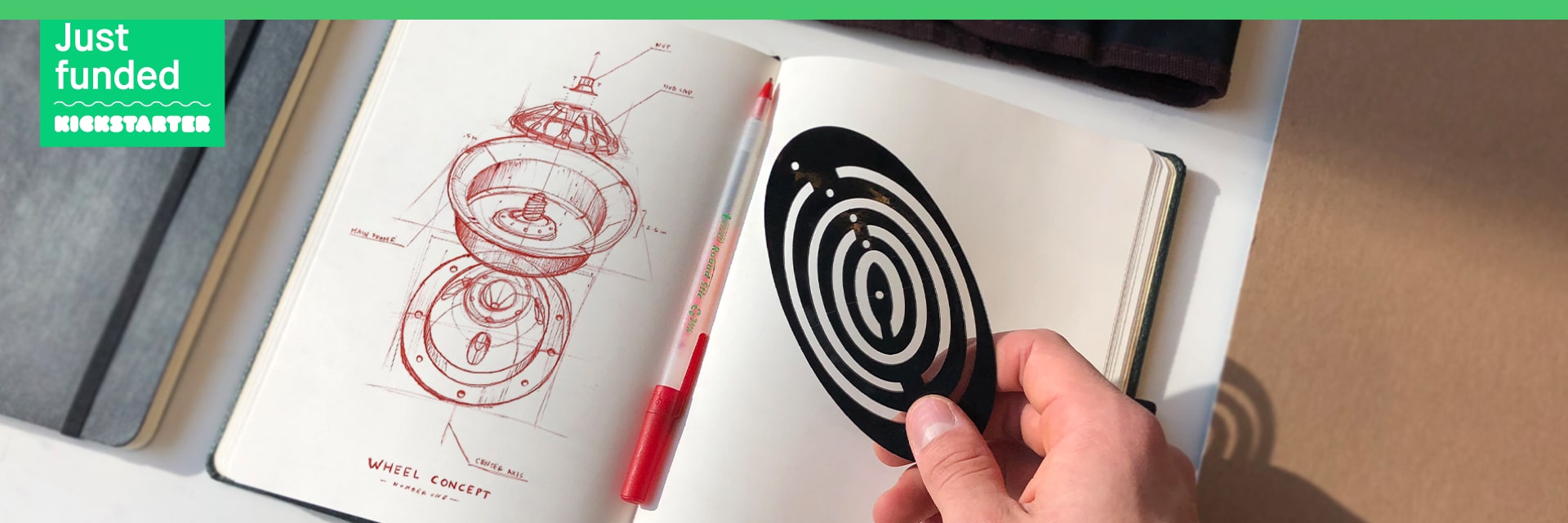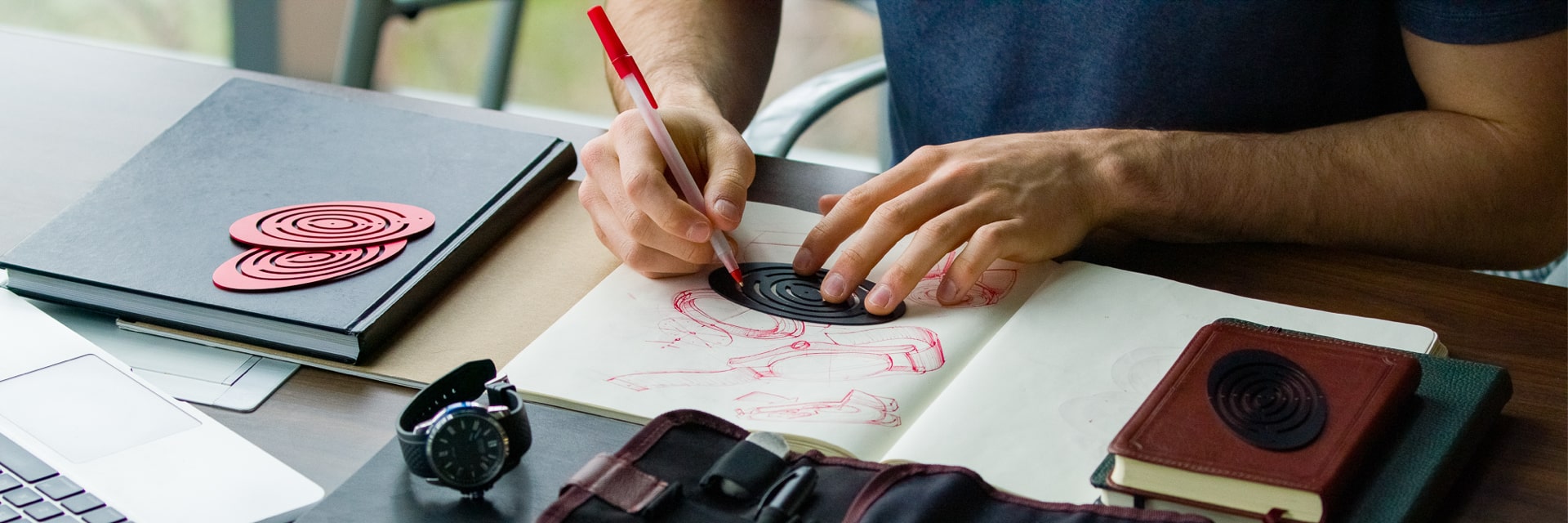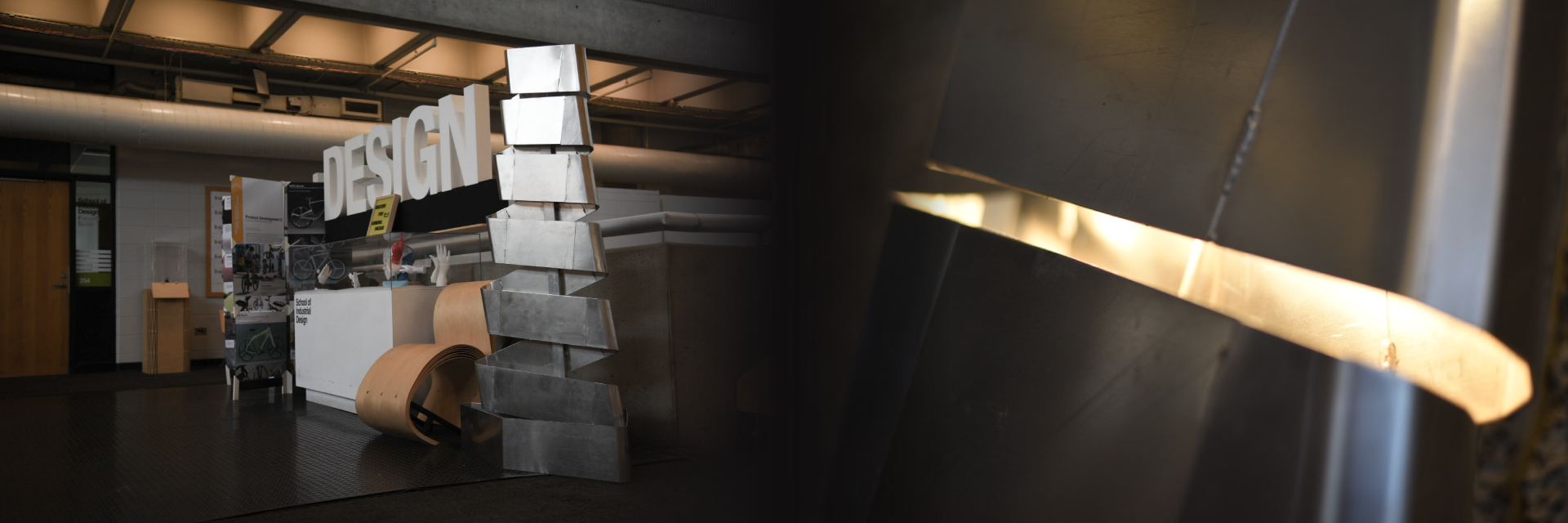
SCAD Lamp
Class: Sophomore Studio | Instructor: Herb Velazquez
For this project, students were tasked with determining a location, assessing the design language of that area, and then designing a 6 foot tall lamp to fit in that environment. This lamp is intended specifically for the SCAD Fashion Museum in Atlanta. It form is meant to be reminiscent of falling fabric. Designers love to juxtapose seemingly contradictory design principles in order to create a product that subverts expectations, and I thought it would be an interesting challenge to create "soft metal" by appealing to the quality of smooth flowing fabric.
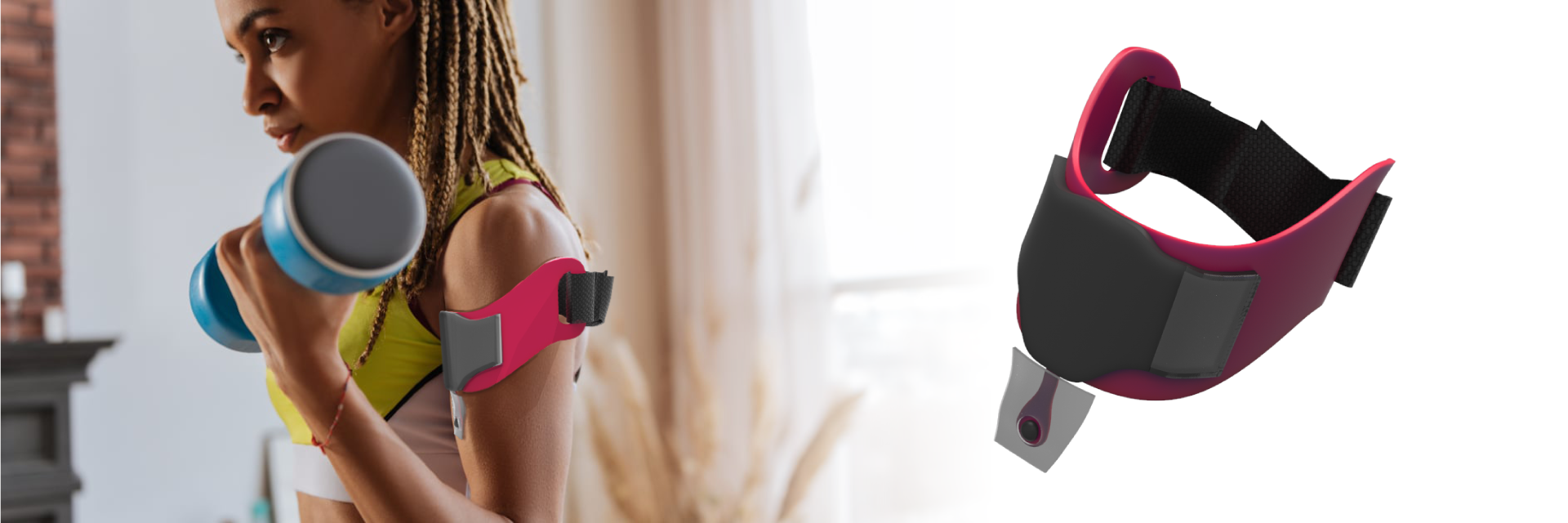
Force 11
Class: Sophomore Studio | Instructor: Herb Velazquez
This product is called “Force 11”, and it’s a smart product that forecasts muscle growth and encourages good exercise habits. Lifestyle habits that a student develops in college are very likely to carry over into adulthood. So the Force 11 using a force-sensitive resistor to calculate muscle strain over multiple workout sessions in order to forecast muscle growth for, in this case, the biceps. Since working out can take a couple of weeks to see genuine results, this product gives more immediate feedback into the growth of a muscle to encourage continued exercise.
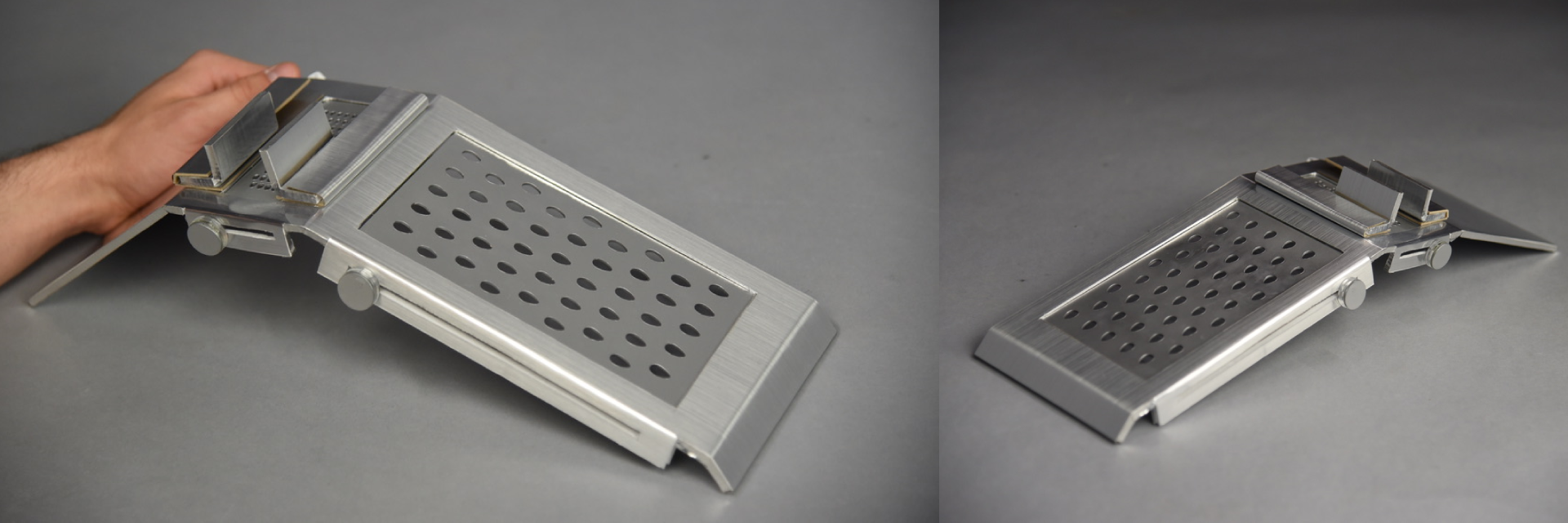
Bacaro
Class: Sophomore Studio | Instructor: Herb Velazquez
The Bacaro cheese grater intends to solve three main problems with traditional cheese graters which are, an unwieldily grip, excess cheese that gets stuck inside the grater, and accidentally cutting your fingers when the cheese gets too small to grate. These problems are solved through the tilted and curved handle, the thin slicer in the bottom to cut excess cheese, and the small top grater with finger guards for protection.

